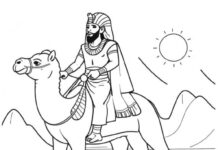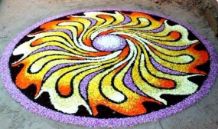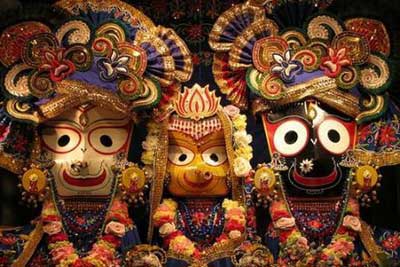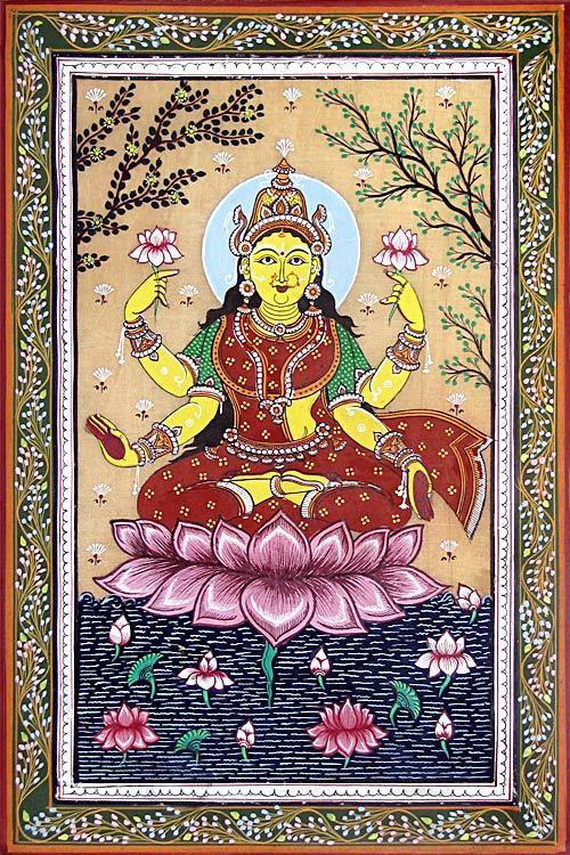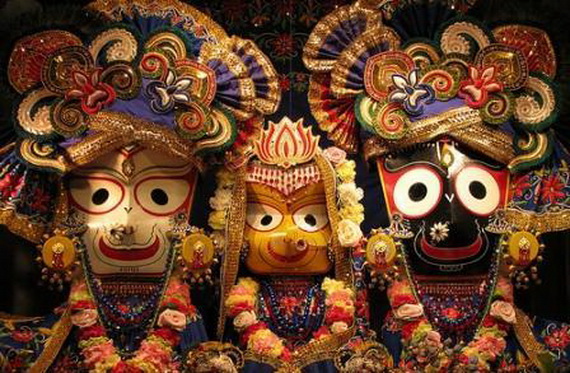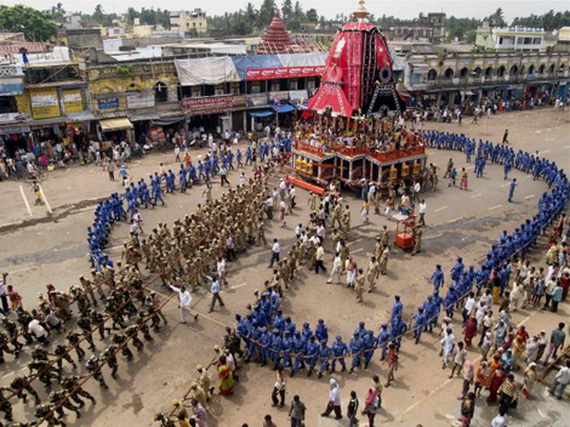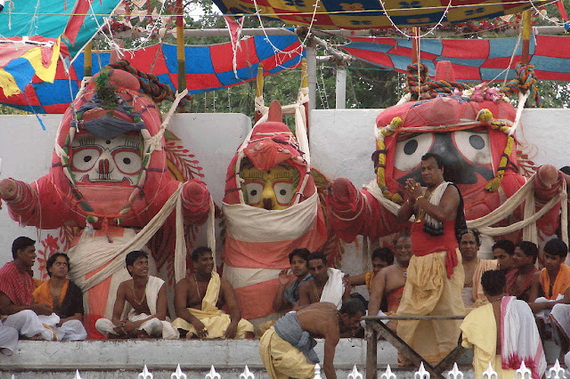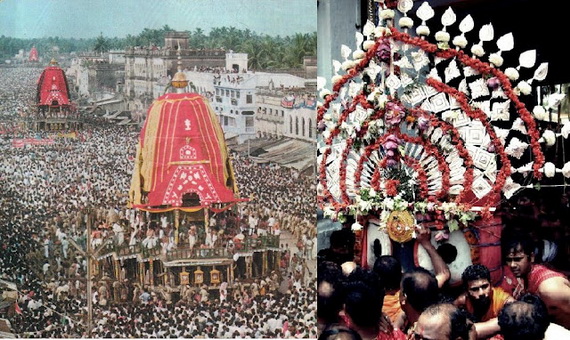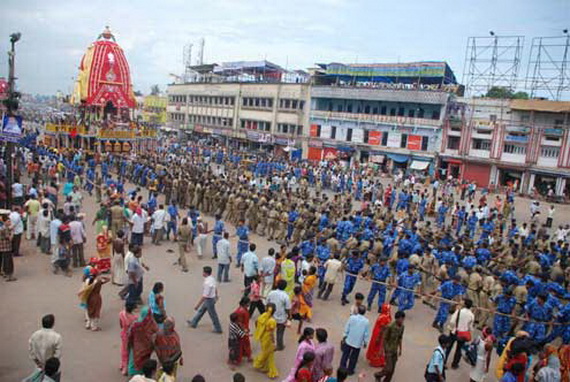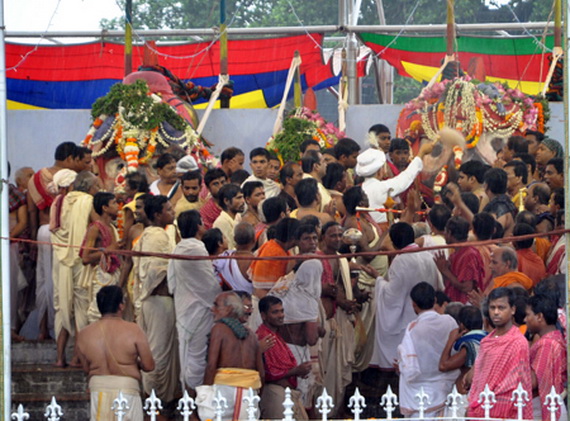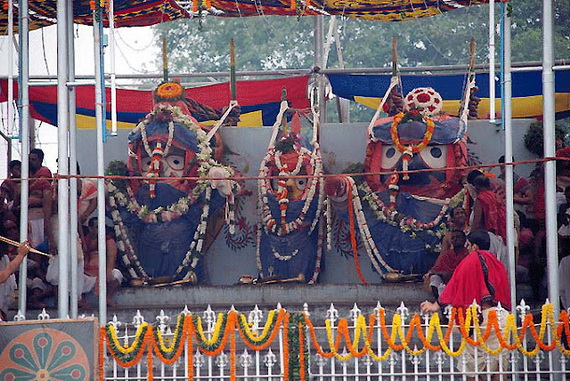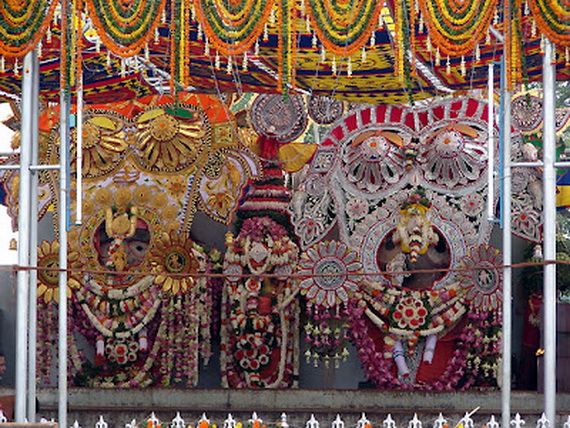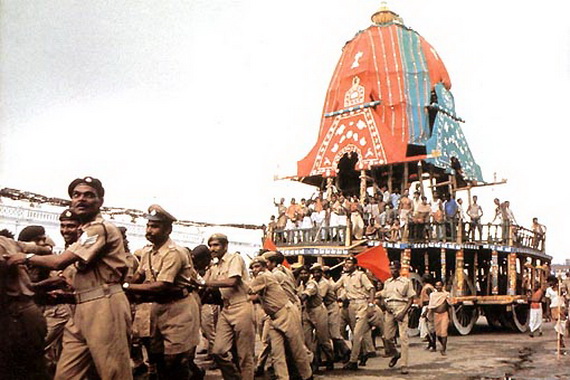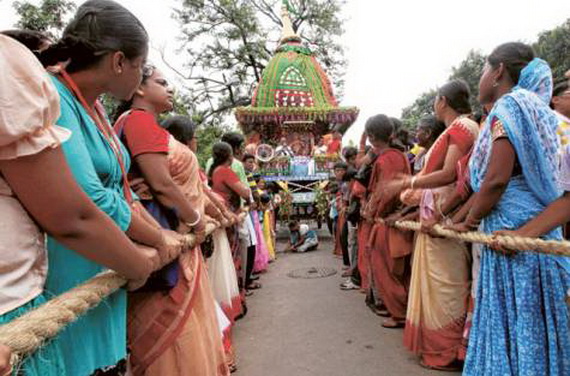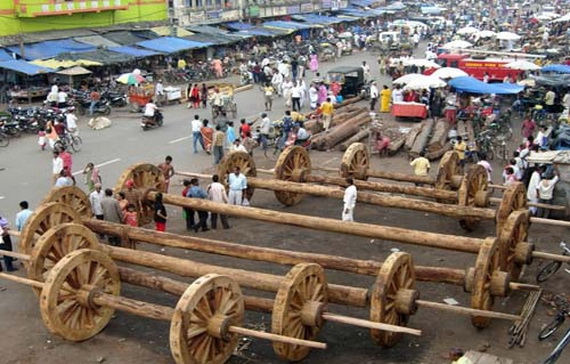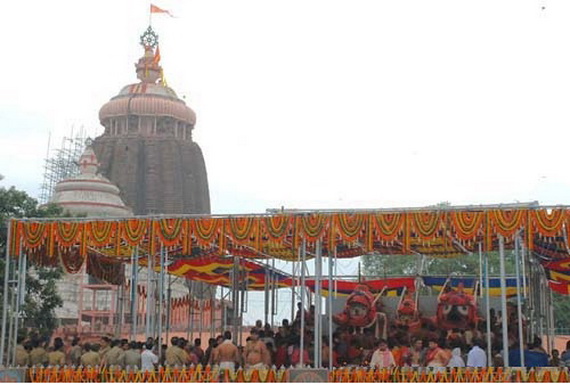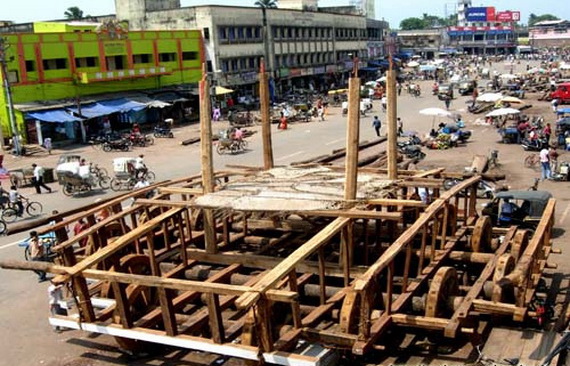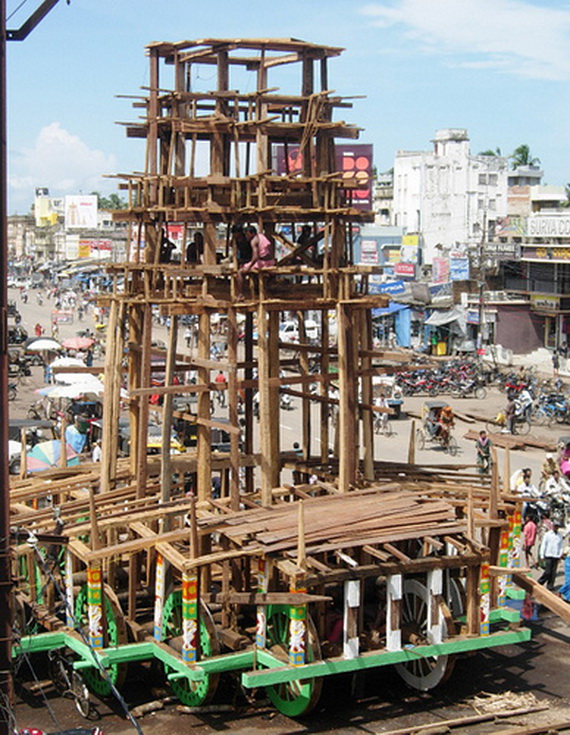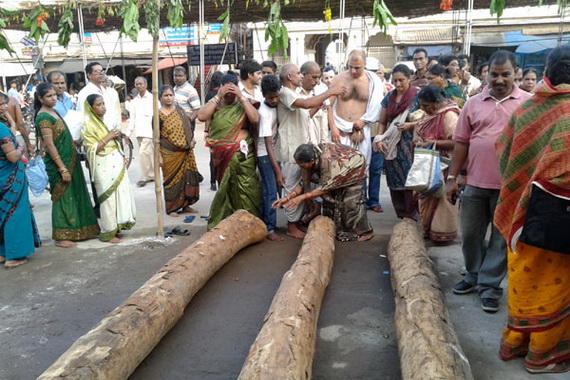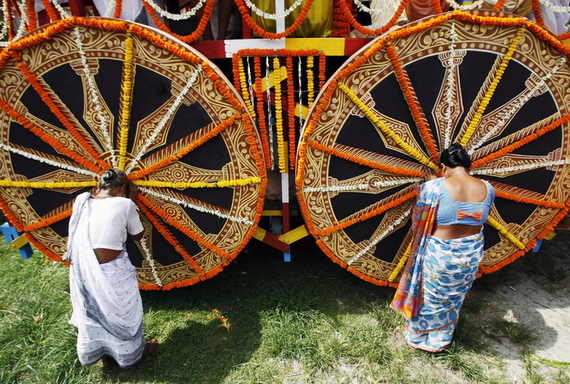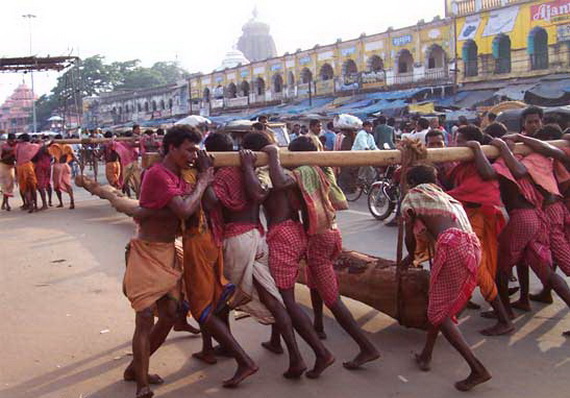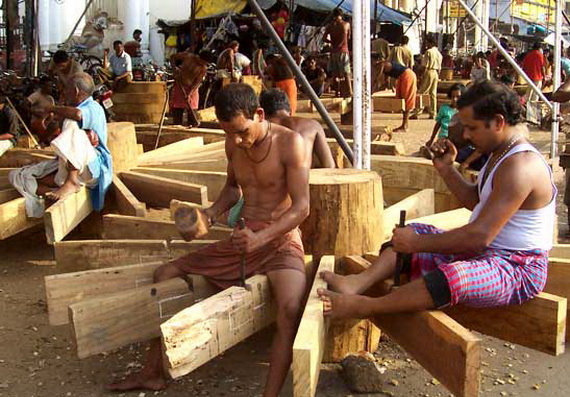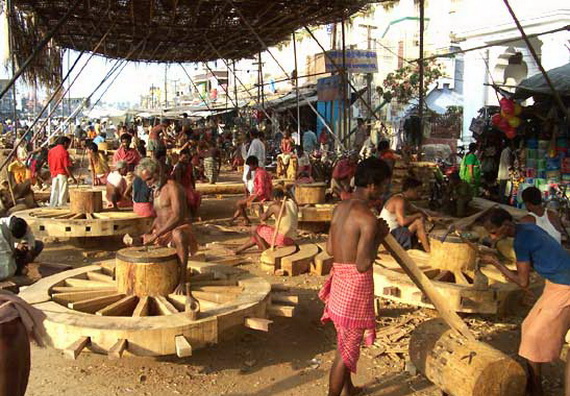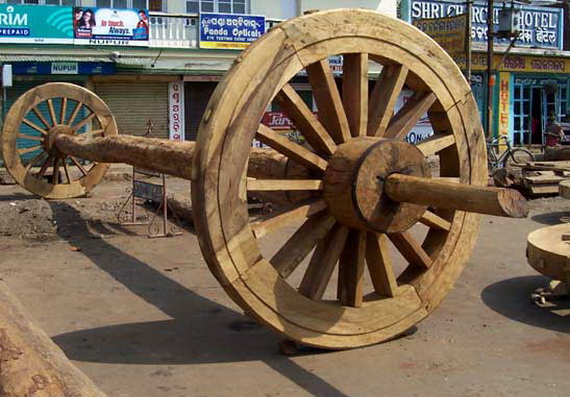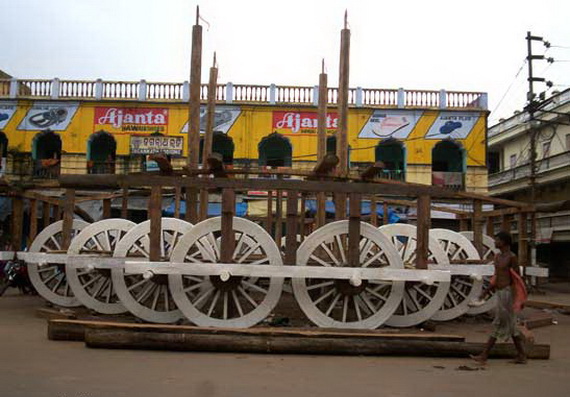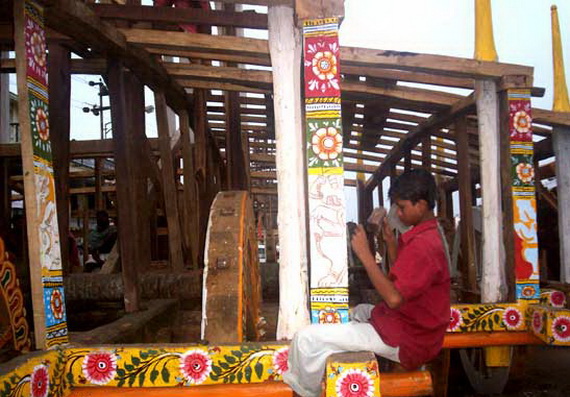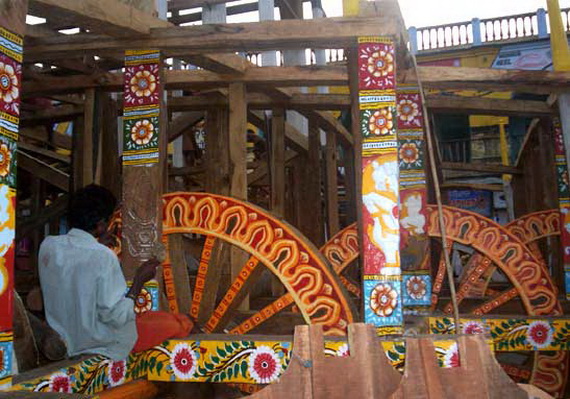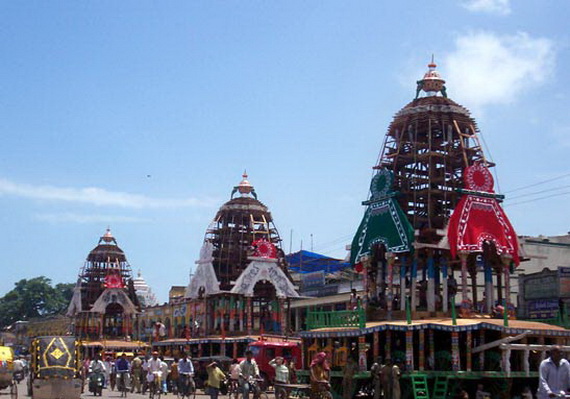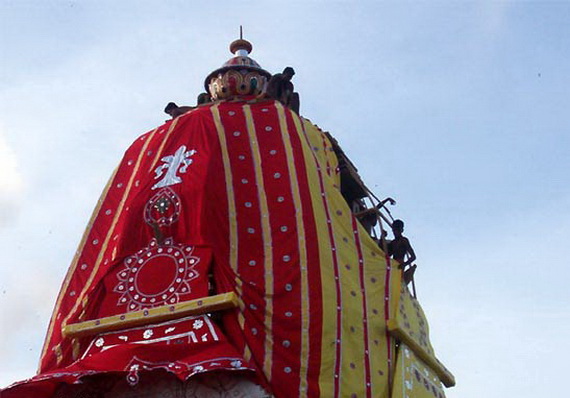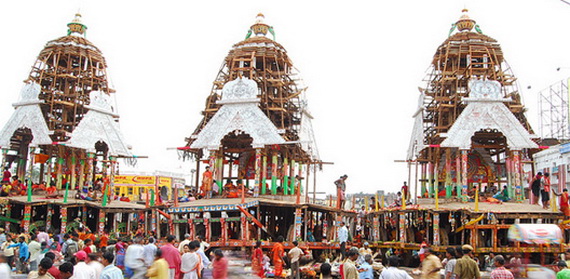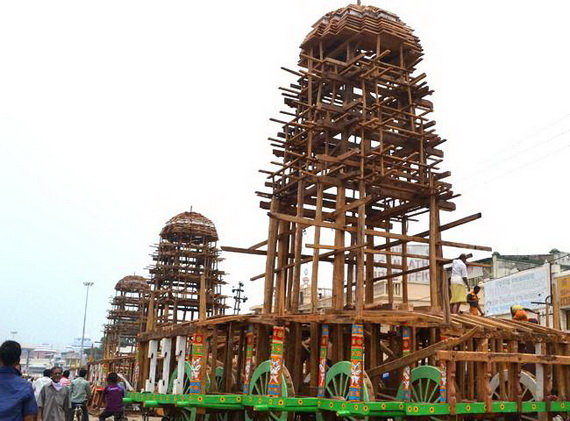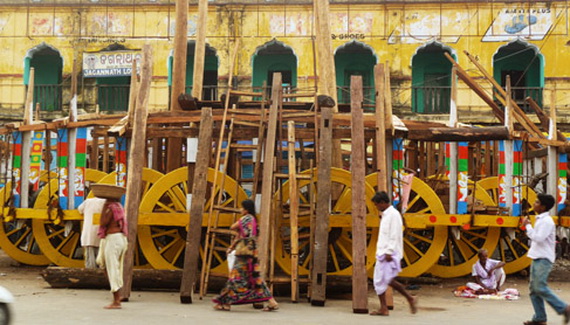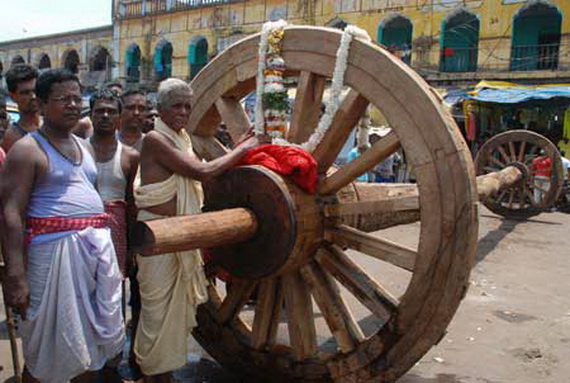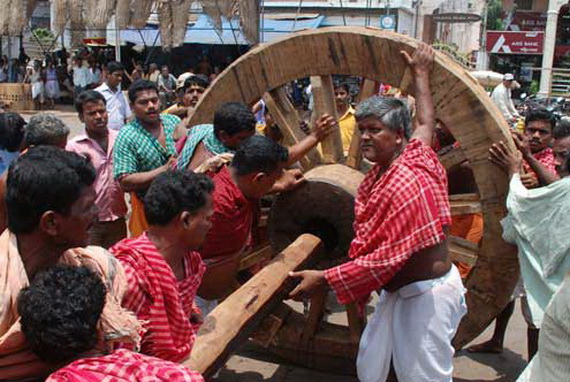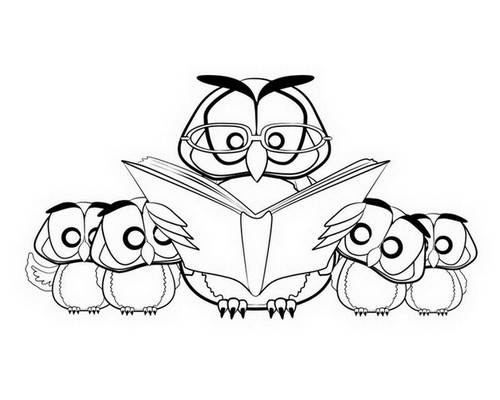The Rath Yatra or Festival of Chariots is one of the greatest Indian festivals during the monsoon season and one of the four most famous holy pilgrimages of the Hindus in India is the Jagannath Temple of Puri. celebrated on the second day of shukla pakshya of Ashadh Maas which represend the 3rd month in Lunar Calendar.
Facts related to t he unique Rath Yatra festival are many and very intereseting. Here we present you with some of the most exciting facts tied in to Rath Yatra and Rath Yatra celebrations.
This Hindu Ratha Yatra chariot festival is observed in many parts of India, with mostly men doing the tugging, but at Baripada in Mayurbhanj district of Orissa, only women are allowed to pull the rath (chariot) of Goddess Subhadra- the sister of Lord Jagannath -. Nowhere elas can one find a chariot festival exclusively for women,”. The unique tradition started in 1975 when the district administration proclaimed on the occasion of International Women’s day that henceforth, only women were to pull Subhadra’s rath and to attend the festival every year. The participation of women in the festivities is what has made the Ratha Yatra at Baripada an extremely popular event.
The three chariots are lined up in front of the Jagannath Temple. The first chariot belongs to Goddess Subhadra and is called Darpadalana – which literally translates into “Trampler of Pride”. Guarded by Jayadurga. This chariot height is 12’9″ with 12 wheels each of which are 7 feet in diameter, total Number of wooden pieces used : 593 and is decorated and Wrapped with red and black cloth – the colors traditionally associated with Shakti and the Mother goddess. The second chariot belongs to Lord Balabhadra and is called the Taladhwaja and has a Palm Tree on its flag. Guarded by Basudev. This chariot height is 13’2″ with 14 wheels each of which is 7 feet in diameter, total Number of wooden pieces used : 763 and is decorated and Wrapped with red and blue cloth. The third chariot belongs to Lord Jagannath and is called Nandighosa. Guarded by Garuda. It’s height is 13′.5″ and has 16 wheels each having a diameter of 2.13 metres. ,total Number of wooden pieces used : 832 and is decorated and Wrapped with red and golden yellow cloth. The base of the chariot is large at 45 sq feet. Each of the chariots have four wooden horses attached to them. The construction of the three new wooden chariots for the Rath Yatra are made every year in Orissa in April for the journey of the three deities from the local Jagannath temple.
The three chariots for each of the deities resemble a temple structure and are pulled by a rope by enthusiastic devotees and pilgrims.
A team of approximately 14 to 15 tailors are engaged in stitching up the covers for the chariots that require nearly 1090 meters of cloth.
An other team of carpenters ( nearly 125 temple carpenters ), who inherit the rights for the privilege to construct the chariots.
It is estimated that more than 600 local trees that are especially brought to Puri from nearby cities and towns of Orissa, that equal to 400 cubic meters of wood of Phassi and Dausa trees are brought from Dasapalla and Ranpur forests making 1072 pieces of logs.
Each chariot is fastened with four long ropes manufactured from coconut fibers (each 240′-250′ with 8″ diametre) each so as to facilitate the devotees to pull them.
Unlike the chariots, Jagannath Mandir are not remade every year. it is remade exactly as the original once every 12 to 19 years in a year which has two Ashad months. it is designed and painted in the same old manner.
Immediately following their arrival into the sanctum sanctorum marks the end of the festival the charriots used in the Rath Yatra are broken up. Some of the pieces are sold to devotees as mementoes and relics,
while the rest is used as firewood in the Jagannath Temple kitchens.






